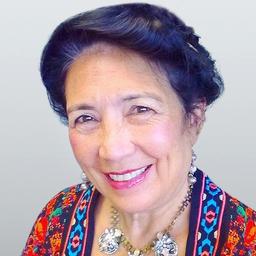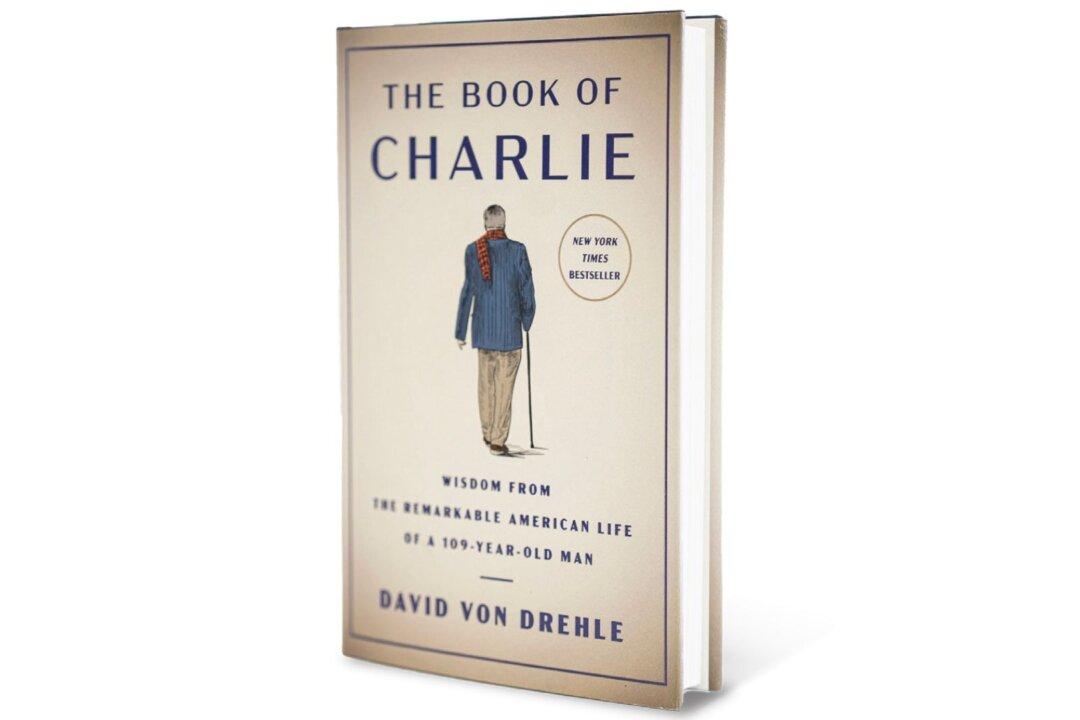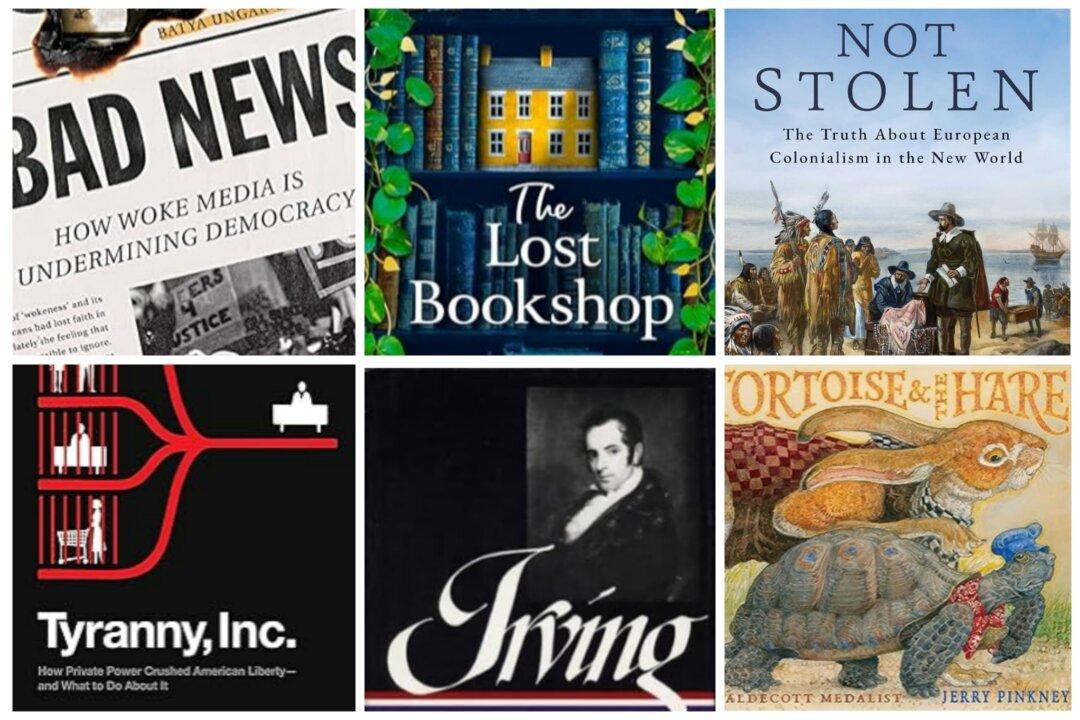It’s 1936. Cussy Mary Carter is a young woman living in a small, remote town in eastern Kentucky. Her beloved mother is dead. Her father, a coal miner, is determined that she marry. His intentions are good, but his headstrong daughter has other ideas.
She is proud to be part of a new government initiative created by President Franklin D. Roosevelt, the Works Progress Administration (also known as the WPA). Reeling from the economic and social consequences of the Great Depression, Kentucky’s Pack Horse Library Project had a two-pronged mission of giving work to women and bringing literature and art to remote areas of Appalachia.






